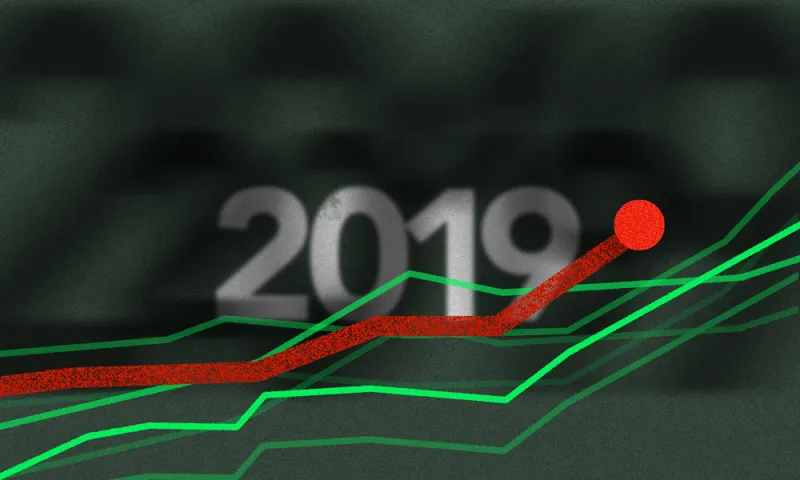Even as private equity firms are flush with cash and continuing to raise capital, they’re facing the rising risk in 2019 that increased interest rates will push up their costs and drive down values, according to a new report.
Private equity firms have a record $1.14 trillion in dry powder, or cash waiting to be invested, according to the annual global asset management outlook from Moody’s Investors Service. While business conditions remain strong for private asset managers, they could face headwinds next year in the form of rising interest rates, the report said.
“Higher interest rates may raise the cost of financing assets, while simultaneously driving prices lower,” wrote the authors of the report.
[II Deep Dive: Private Equity’s Capital Avalanche]
Even with an aging bull market and rising volatility, the asset management industry is likely to be stable next year, according to Moody’s. The firm expects asset managers’ revenue growth to continue — even if not as strongly as in previous years — but the increase in stock and bond market volatility may drive redemptions from investors.
Although asset managers are facing a tougher future, with fee pressure and an aging client base, they have gotten better at controlling their costs with technology and other measures.
“Cost management, supported by technology substitution, has preserved operating profit margins per dollar of AUM [assets under management],” wrote the report’s authors. The next market downturn will put these changes to the test, they wrote.
Moody’s says regulatory efforts, particularly in the U.K., to protect investors with increased disclosures of fees and performance, could be a potential drag on managers’ revenue by pushing down demand for certain products.
“U.K. regulators have been very keen to raise the question about whether a user of asset management services is getting what they’re paying for,” said Neal Epstein, senior credit officer and one of the report’s authors, in an interview. “They’re asking questions like why should products have such a uniform fee structure in a competitive market and why are margins high if people are getting products that are very hard to distinguish from passive.”
When investors buy products based on a benchmark, “the more you spotlight performance comparisons, the harder it is for all of these asset managers to look good,” Epstein added. “Not everyone is above average. In the U.S., regulators have been willing to let the market determine this. “
Epstein said domestic regulators have been instead focusing on issues such as liquidity and the potential of open-end mutual funds to withstand a “run” — that is, if an asset manager can handle a critical mass of investors redeeming from their funds in a short time period.
Asset managers made a number of acquisitions this year, many focused on expanding their reach geographically, and to add alternative investments such as private debt as well as data science and other technology capabilities. Moody’s expects more acquisitions to come next year.
Epstein said asset managers are modestly leveraged and have the flexibility to make acquisitions. In addition, the business case for consolidation remains strong, including expanding into alternatives or in fast-growing areas of the world like Asia.
“It really is symptomatic of the underlying story: that asset managers have to adjust to changes in the underlying markets,” said Epstein.







